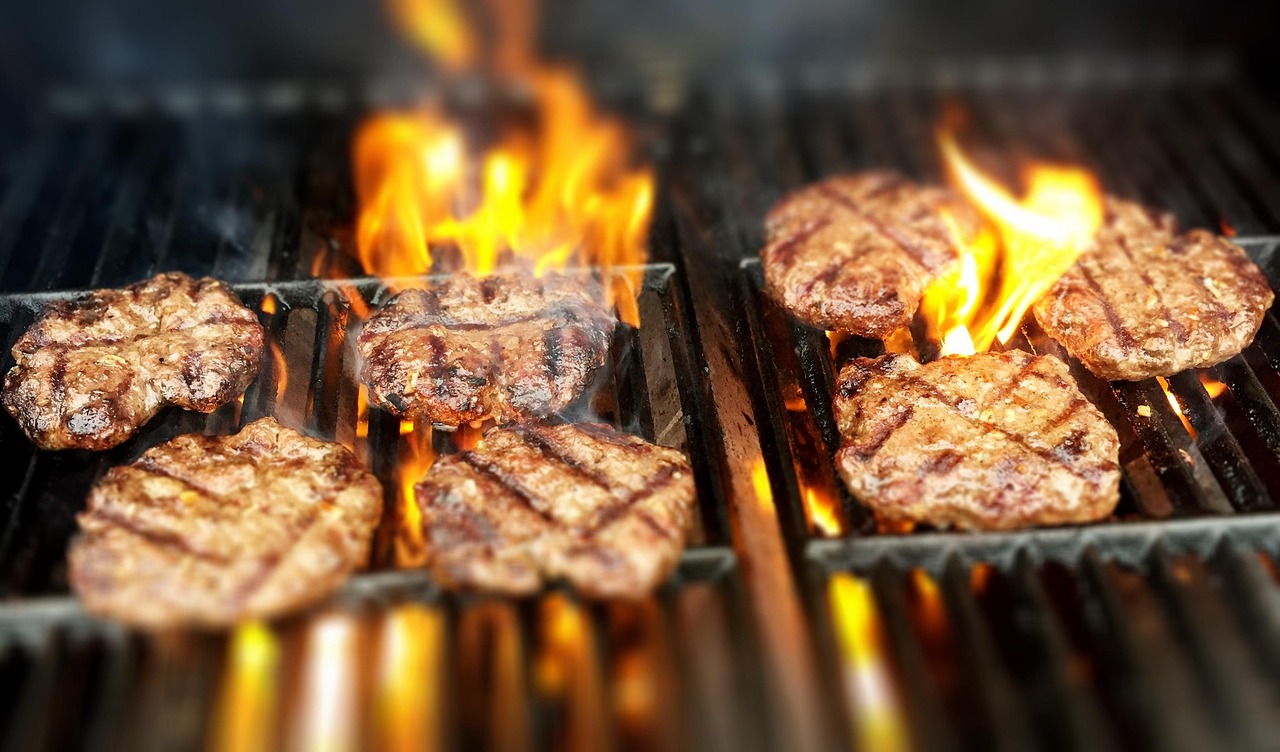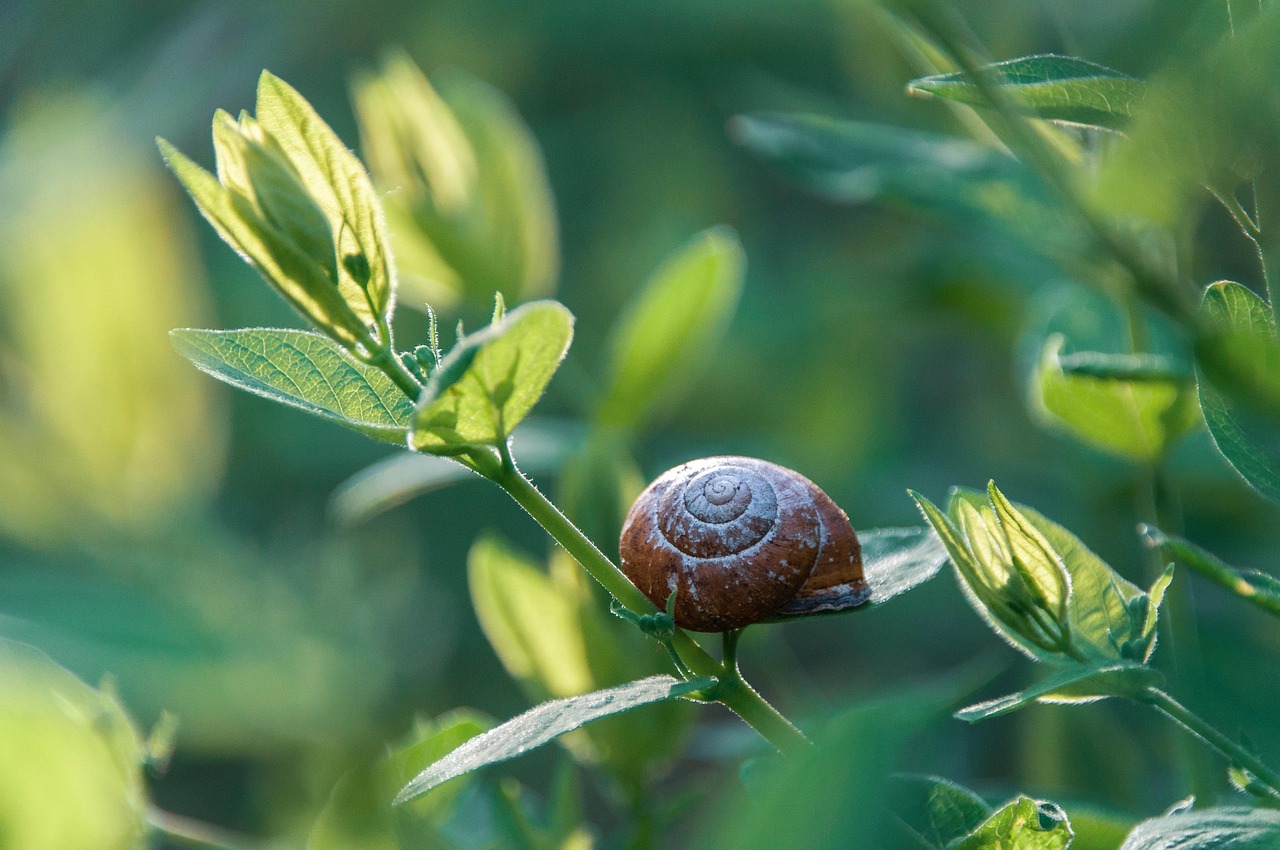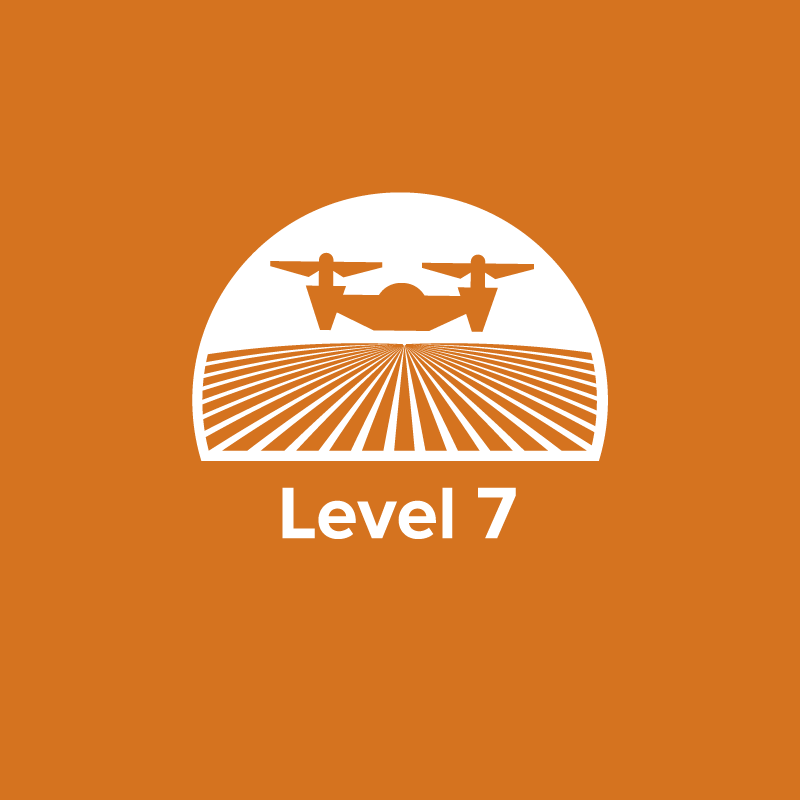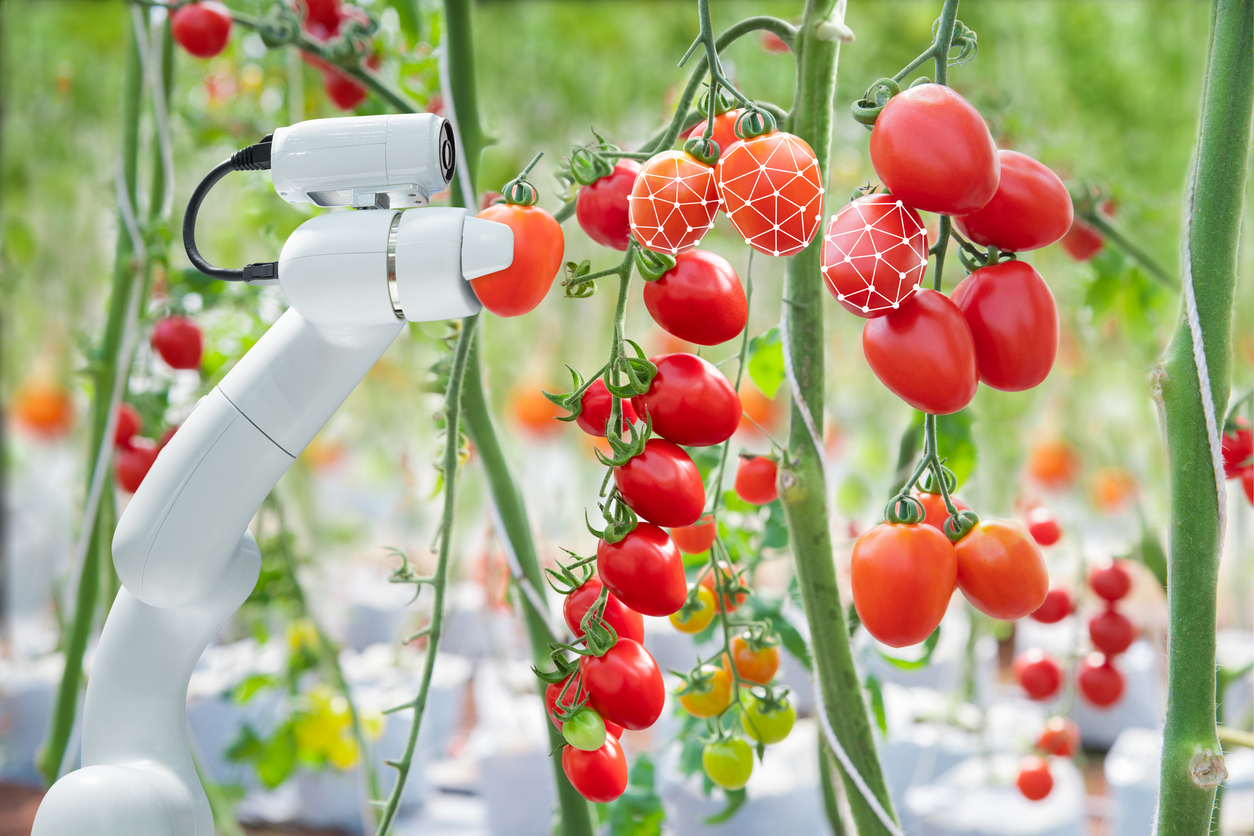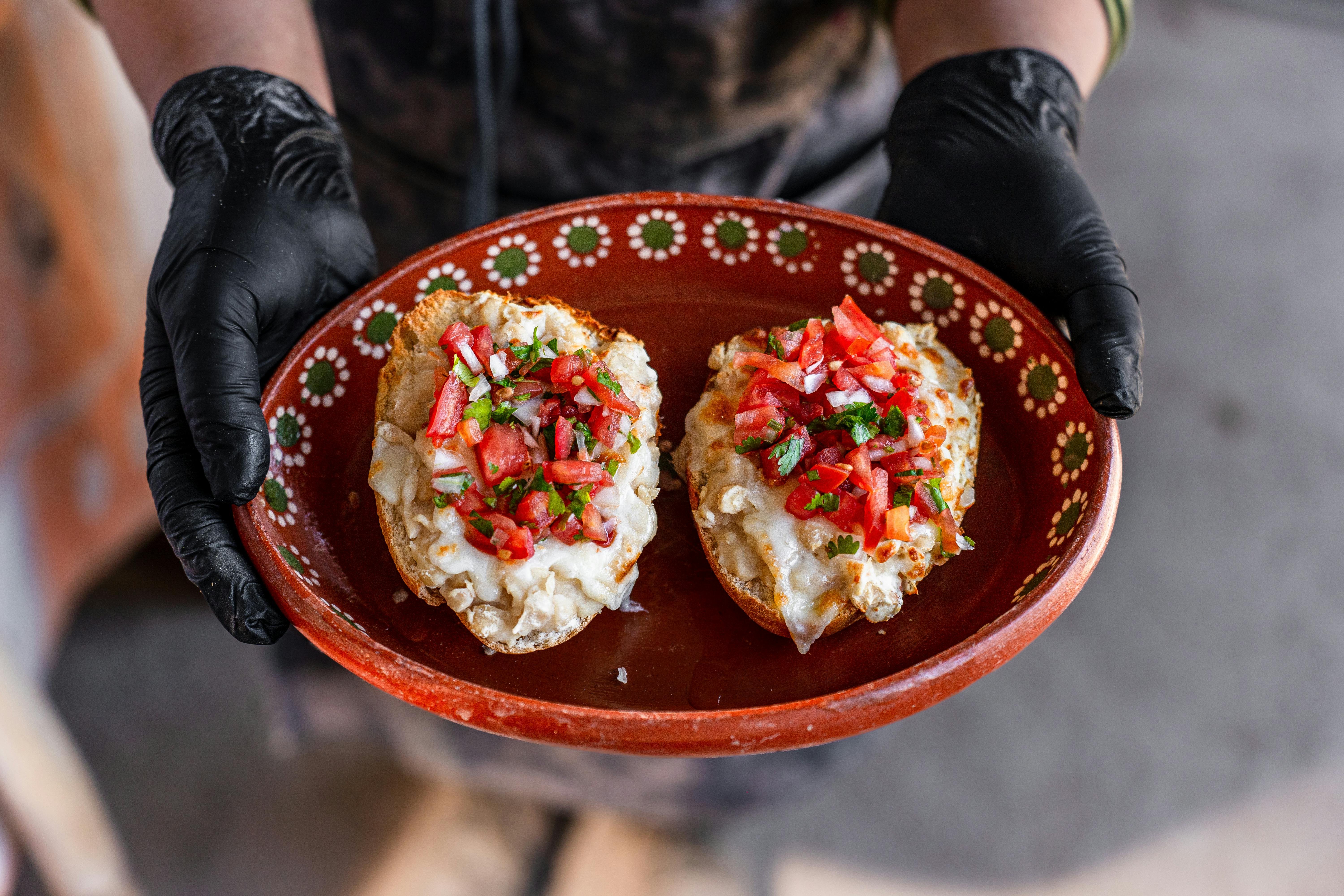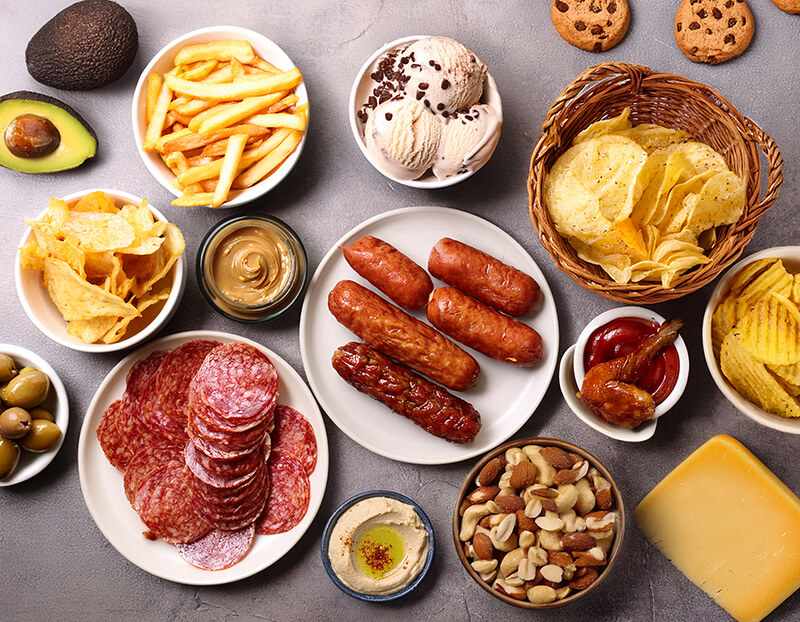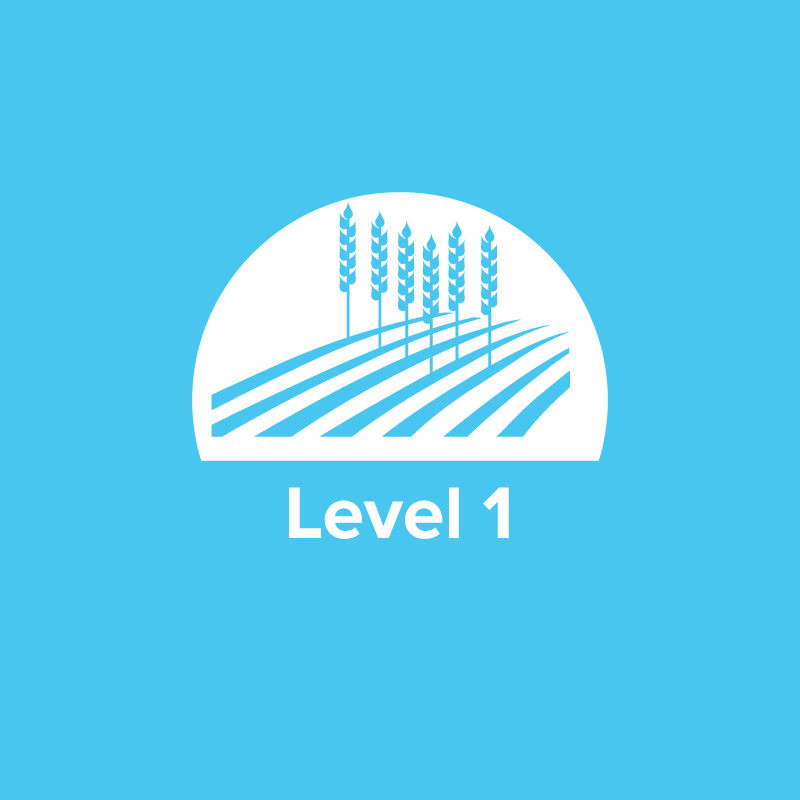
Journey 2050 Lesson 1: Sustainable Agriculture (Grades 9-12)
Students will explore the question, “How will we sustainably feed nearly 10 billion people by the year 2050?” as they discover what sustainable agriculture is and how it is critical to securing a stable food supply and future for a growing population.
